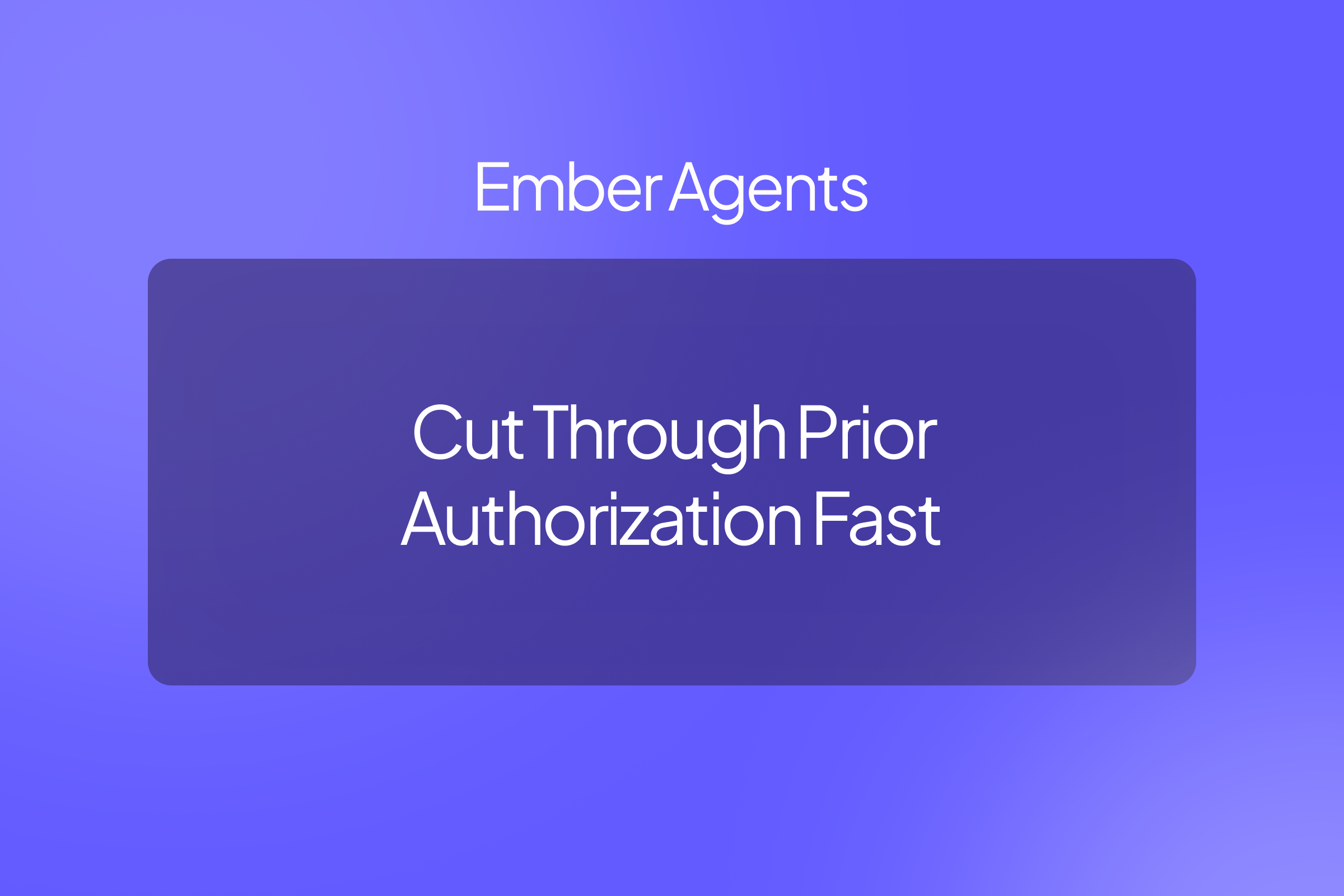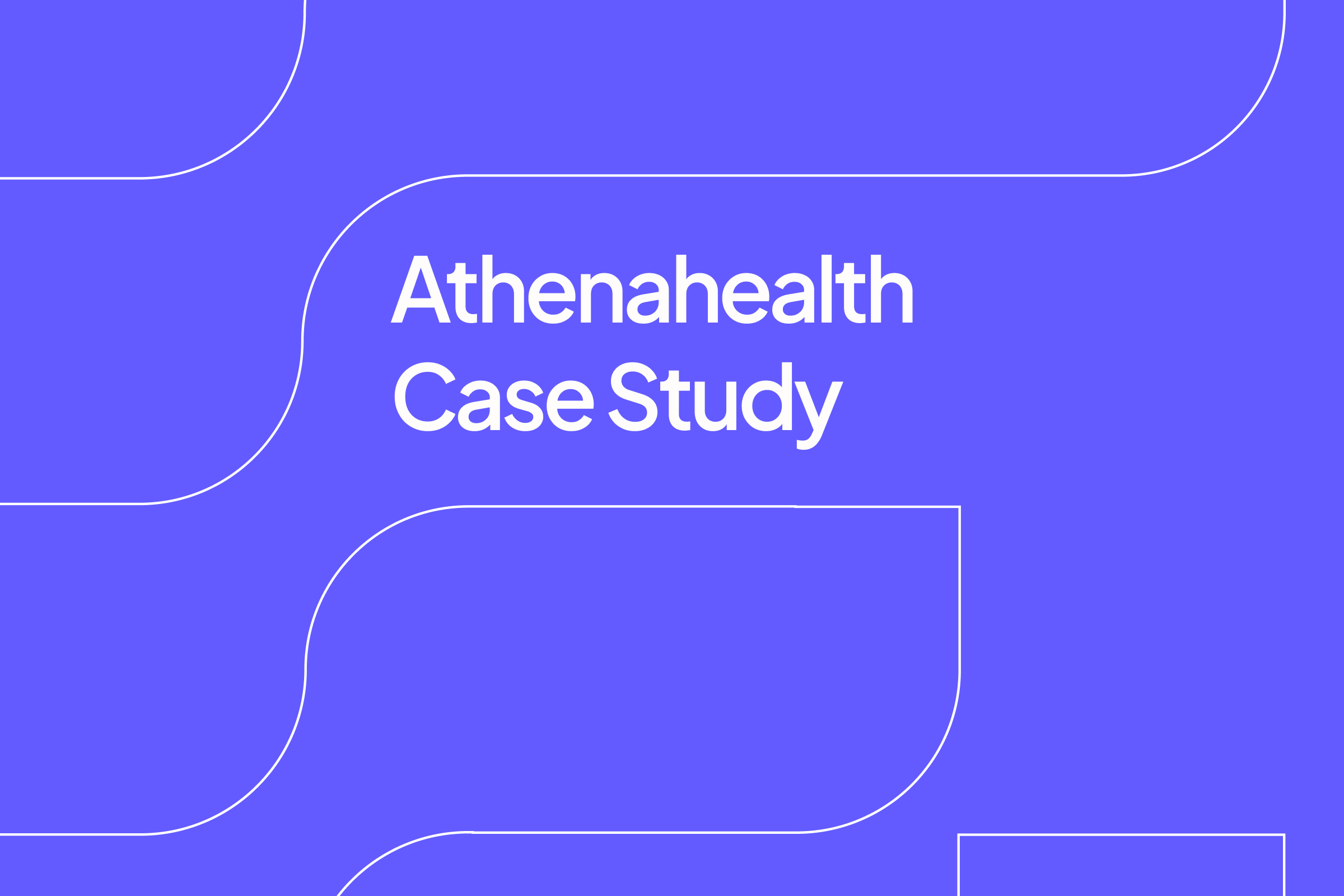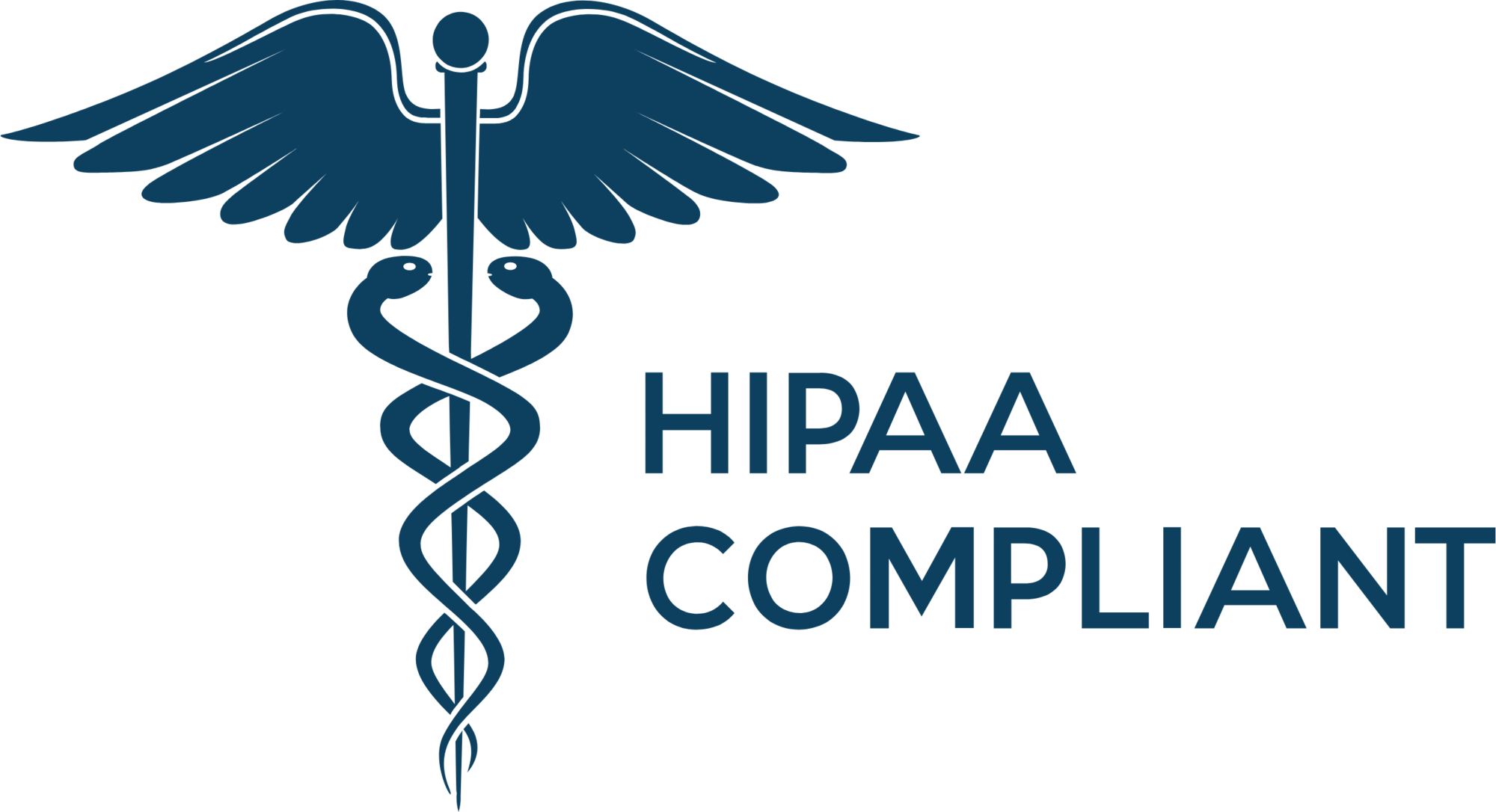
Key Audit Red Flags that Put Healthcare Revenue at Risk and How Ember Closes the Loop
Healthcare doesn’t lose revenue in dramatic bursts. It leaks, drip by drip, through the same handful of avoidable errors. Read enough OIG reports and a pattern emerges: thin notes, fuzzy medical necessity, optimistic codes, sloppy modifiers, outdated policies, and slow overpayment response. The good news? These leaks are predictable and fixable.
1) Documentation that almost tells the story
Progress notes without time elements, missing diagnoses, or vague therapy summaries are the fastest way to convert care into recoupments. “If it’s not documented, it didn’t happen” isn’t a slogan, it’s how auditors calculate.
Where Ember helps
- Real-time documentation prompts at the point of care.
- Smart checklists that adapt by service line.
- Missing-element detector before sign-off.
2) Medical necessity that isn’t explicit
Auditors look for clear evidence. Objective signs of instability, active clinical decision-making, and documentation that explains why a lower level of service wasn’t appropriate.
Where Ember helps
- “Medical necessity” while charting to surface required clinical elements.
- Templates that ensure the note reflects the provider’s active thought process and justification for ordering the service.
- Evidence links to internal policy or payer guidance, embedded for reviewers.
3) Risk adjustment and diagnosis drift
Risk scores sink when diagnoses aren’t supported in the record for that date of service. Upcoding—intentional or not—signals weak oversight.
Where Ember helps
- Diagnosis validation against documentation in real time.
- Suspect-without-support flags for MA risk conditions; prompts for required clinical indicators and treatment linkage.
- Retrospective sample audits with a one-click discrepancy report to coding leaders.
4) E/M and modifier misuse
“Significant and separately identifiable” is a high bar. Overuse of some modifiers becomes a magnet for reviews.
Where Ember helps
- Ember Engine cross-checks the day’s documentation, procedures, problem list, and medical decision-making, to confirm when the modifier is truly supported, or flag when it isn’t.
- Displays the clinical documentation and modifier rationale side by side, ensuring the record clearly supports the separate and significant service.
5) Duplicate or fragmented billing
Intake billed twice, serial injections without interval documentation, services split across dates without justification, system errors that look like fraud.
Where Ember helps
- Duplicate-detection across encounters and dates of service.
- Flags when frequency, units, or sequencing deviate from policy.
- Payer-specific edits surfaced before claim submission.
6) Policies that exist on paper only
If staff training, local coverage determinations, or documentation standards aren’t living documents, audit findings multiply.
Where Ember helps
- Policy-aware: update once, surface everywhere (templates, checklists, coder rules).
- Learning nudges inside the workflow when a user triggers a rule.
- Full audit trail for education completion.
7) Slow overpayment response
60-day clocks move fast. Without a playbook, organizations overshoot deadlines or return too little/too much.
Where Ember helps
- Overpayment tracker to manage intake, define scope and sampling, and monitor repayment progress in one place.
- Automated calculations with transparent assumptions and attached evidence packets.
- Export-ready disclosure packet for compliance leadership.
A proactive posture beats a perfect defense
You don’t need flawless notes, you need consistent, defensible ones; fast detection and correction. Ember’s approach embeds the rulebook into the everyday workflow so clinicians can document care while the system watches for revenue and compliance risk in the background.
What Ember adds to your stack
- Point-of-care guidance that raises note quality without slowing clinicians.
- Coding and modifier validation before the claim leaves your door.
- Continuous, targeted audits that focus on the few patterns most likely to trigger paybacks.
- Clear dashboards for compliance, revenue integrity, and service-line leaders.
Lynn Hsing is a recognized leader in healthcare marketing. Having worked closely with health systems and providers, Lynn brings a nuanced understanding of the challenges they face — from administrative burden and claim denials to reimbursement delays and staff shortages. This firsthand insight has shaped Lynn’s ability to translate complex AI solutions into meaningful value for healthcare organizations.








